As the West hunts for a way to help Ukraine stem Russia’s devastating glide bomb attacks, officials and analysts have said Kyiv’s request to use U.S. missiles won’t address the problem, while other methods come with drawbacks as well.
The munitions, which are dropped by Russian aircraft, are cheap but powerful. Each bomb consists of an unguided aerial bomb, of which Russia has many, to which a guidance kit is retrofitted for a cost of $30,000. Weighing up to 6,000 pounds, some contain enough explosives to level entire buildings with a single strike.
Russia is dropping as many as 3,500 glide bombs a month, Ukrainian President Volodymr Zelenskyy said earlier this year. Ukrainian troops cite the weapon as a key reason for Russian advances in eastern Ukraine.
For months, Ukraine has sought U.S. permission to use the Army Tactical Missile System, or ATACMS, to strike the Russian airfields that launch the glide-bomb missions. In May, Ukrainian parliamentarians pressed U.S. officials in D.C., followed by Zelenskyy’s appeal in July. In late August, Ukrainian Defense Minister Rustem Umerov presented U.S. officials with a list of Russian airfields and other targets within Russia that Ukraine would like to hit with ATACMS.
So far, the United States has been unmoved. On Sept. 4, U.S. National Security Council spokesperson John Kirby said ATACMS would have little utility because Russia had moved 90 percent of its glide-bomb-dropping jets out of range.
An official from a NATO member state agreed, saying that it was an open question as to what the right weapon was for reducing glide bomb strikes.
The United States, Ukraine, and its allies continue to discuss ways to counter the glide bombs, though, according to the official.
“It may be that actually it’s better to focus on the current things [Ukraine] does now,” with long-range attack drones, the official said.
Speaking to reporters on Sept. 6 after meeting with Ukrainian officials, U.S. Defense Secretary Lloyd Austin likewise appeared to suggest Ukrainian drone strikes were the best solution. Ukraine has “a lot of capability” in terms of drones to strike targets in Russia, he said.
Austin did not directly address other arguments that ATACMS could be useful for striking command posts and other targets that remain within reach.
Ukraine has struck Russian airfields multiple times with drones, although it’s unclear how effective those strikes have been.
John Hoehn, an associate policy researcher at the think tank RAND, agreed that using Western missiles against Russian airfields was unlikely to be effective.
For one, the number of Ukraine’s long-range Western missiles is relatively limited, said Hoehn. Russia, meanwhile, is dispersing its planes such that each plane would require a missile each. Ukraine could also use the missiles to attack Russian runways, Hoehn said, which would likely be repaired within days or weeks.
Hoehn said a better approach might be to send Ukraine more Advanced Medium Range Air-to-Air Missiles, or AMRAAMs—particularly the AIM-120D variant—to down Russian planes before they can drop their bombs.
The AIM-120D, produced only for the U.S. military and select allies, has a reported range of 100 miles.
Ukraine has already received some AMRAAMs. However, these appear to be older variants such as the 1990s-era AIM-120B.
The U.S. has said it will eventually export new AIM-120s to Ukraine. These are likely the AIM-120-C8-s, which are designated as the “export” variant, rather than the AIM-120D, which are designated for domestic use.
The AIM 120-C8, which has identical specifications to the older AIM-120-C-7, has a shorter range than the AIM-120D. Delivery of those missiles will also take between three and five years.
Hoehn said providing Ukraine with AIM-120D variants comes with problems. For one thing, it would give potential U.S. allies a close look at the combat performance of one of its most advanced air defense weapons, while also driving down the number available to the United States in case of a war with China. Shooting down planes deep within Russian territory is also a political risk, he added.
“It’s a balancing act,” said Hoehn.
Read the full article here

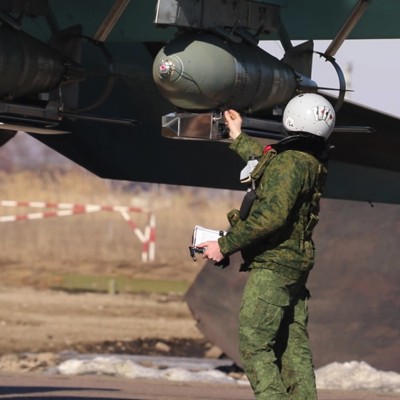
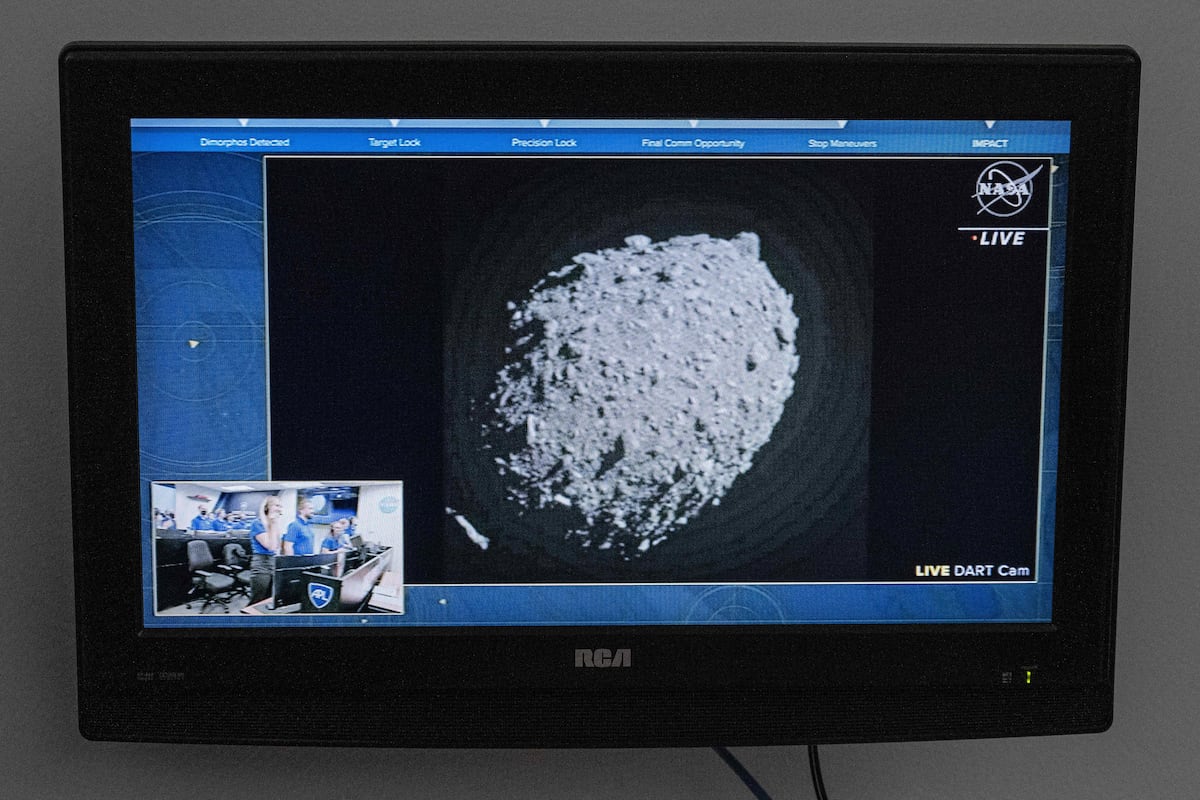

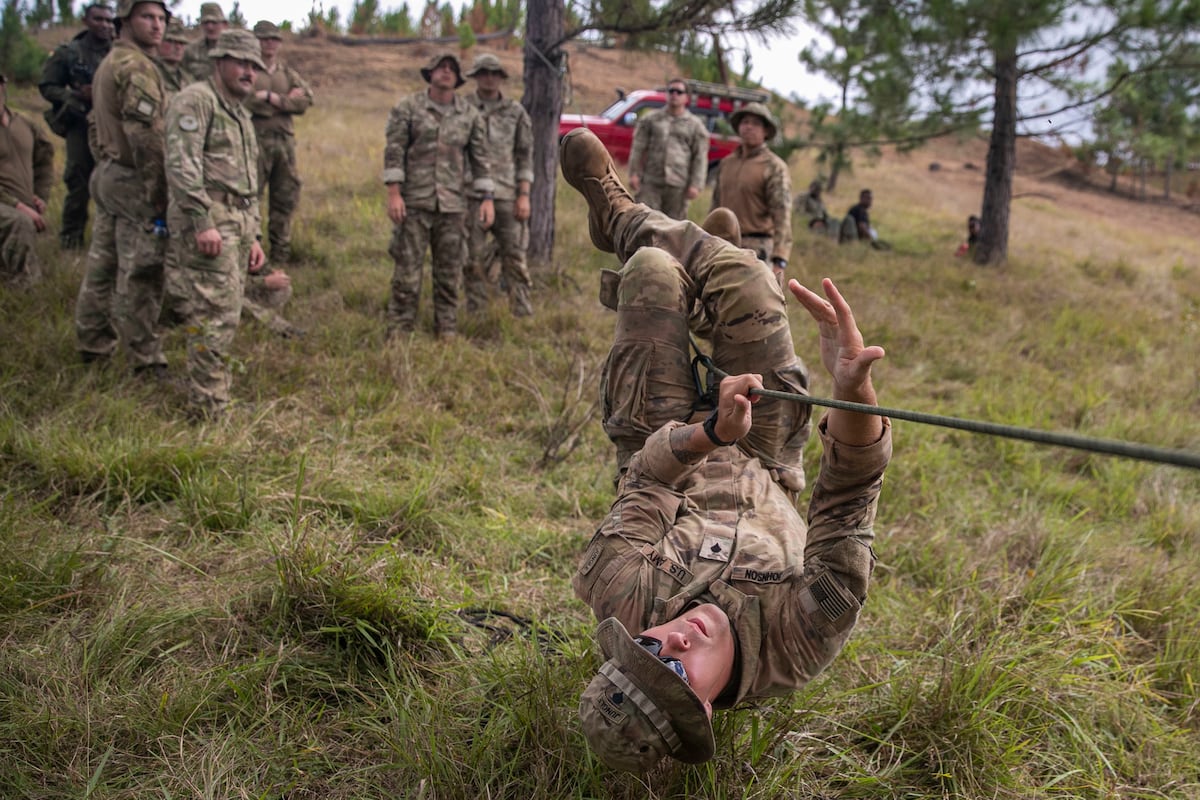
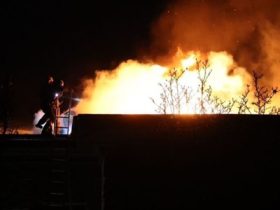

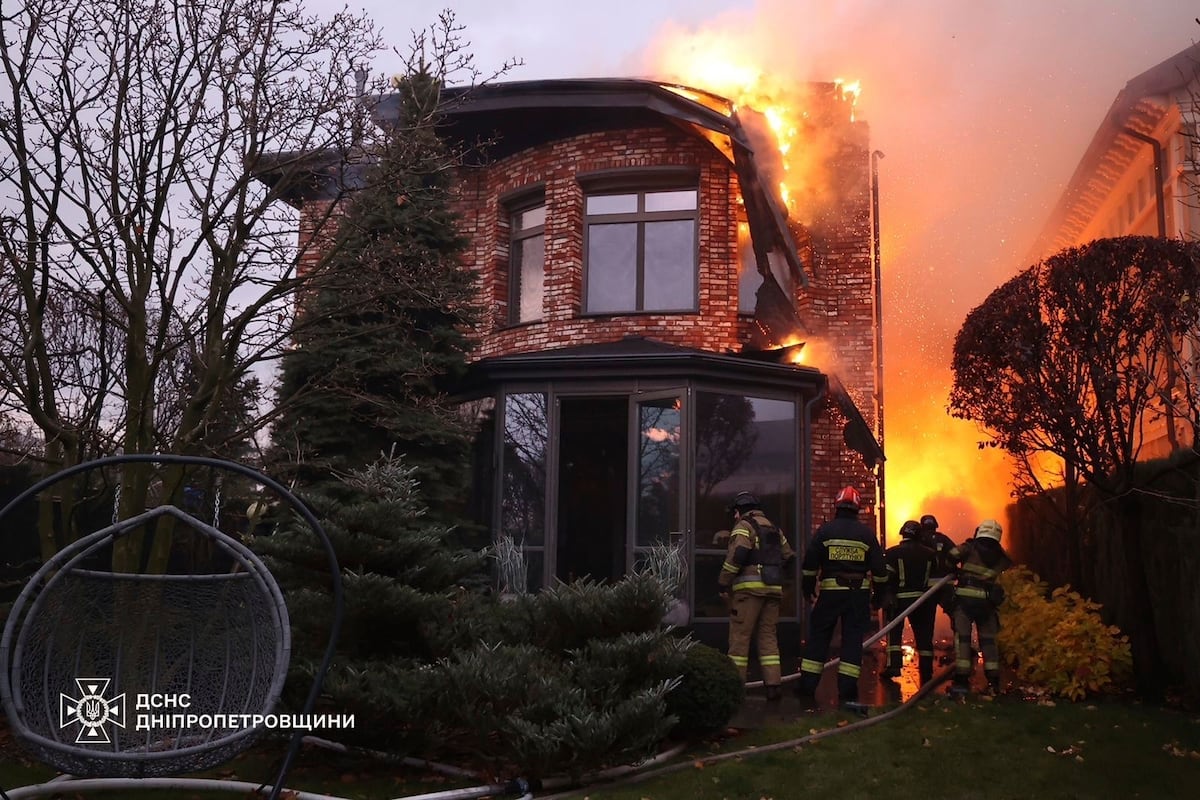
Leave a Reply